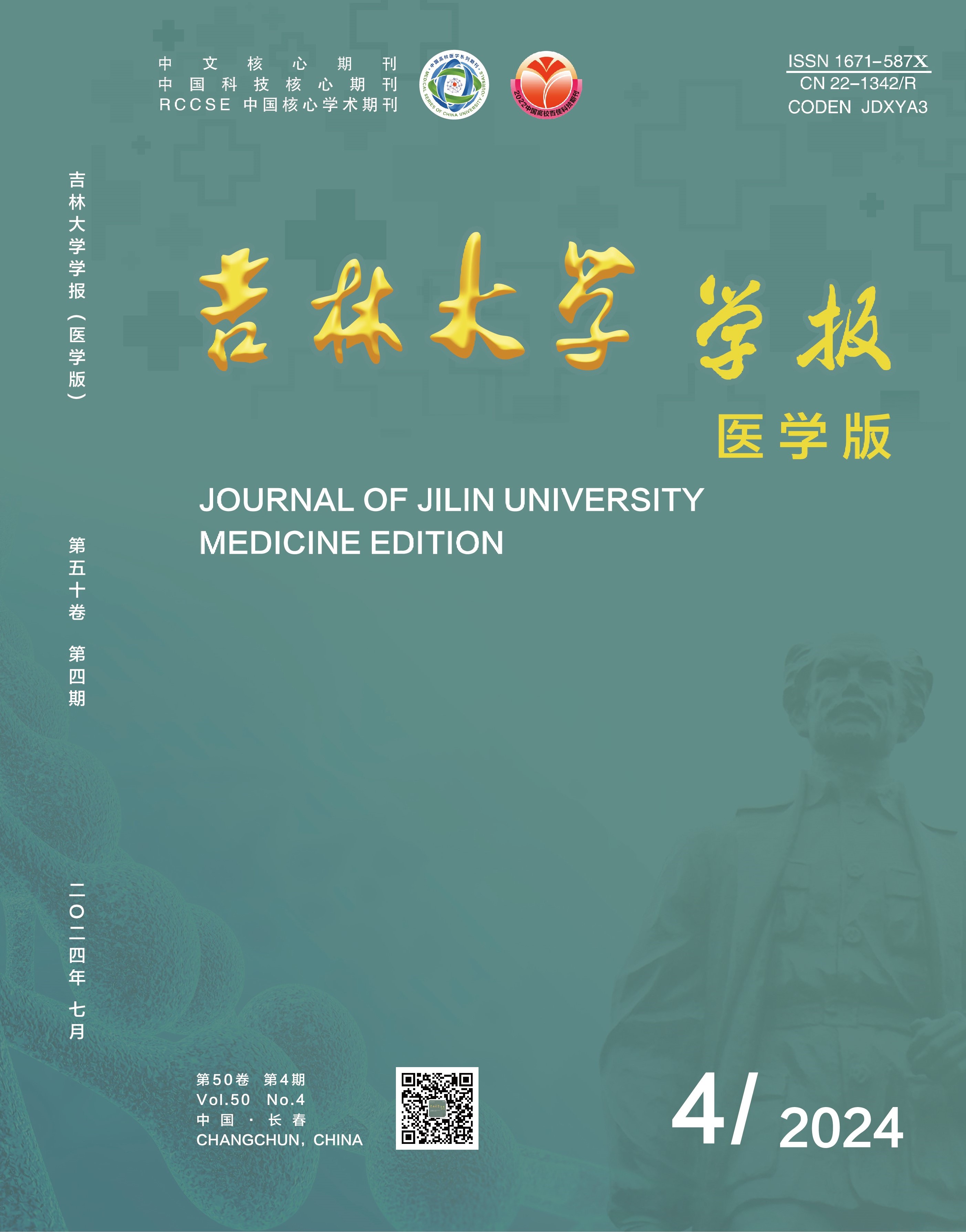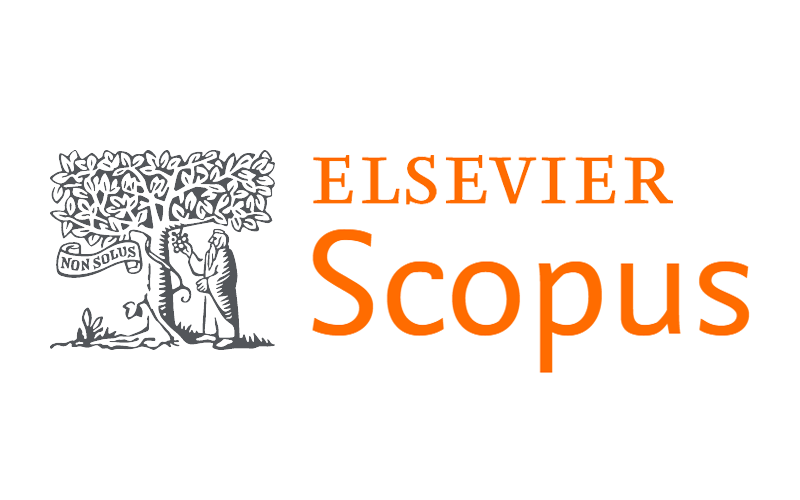ObjectiveTo study the effect of overexpression of syndecan-1 (SDC1) on migration, invasion, cell cycle, and intracellular reactive oxygen(ROS) level of the tongue squamous cell carcinoma CAL27 cells, and to elucidate the potential mechanism of SDC1 in the occurrence and development of tongue squamous cell carcinoma.
MethodsThe tongue squamous cell carcinoma CAL27 cells stably high-expressing ptt5-SDC1 established successfully in the previous experiment were used as experimental group, and the CAL27 cells stably transfected with ptt5 empty were used as control group. Western blotting method was used to detect the expression levels of SDC1 protein in the cells in two groups. Cell scratch test was used to detect the healing rates of cell scratch in two groups; Transwell chamber assay was performed to detect the number of migration and invasion cells;flow cytometry was used to detect the percentage of CAL27 cells in different cell cycles and the levels of intracellular ROS.
ResultsCompared with control group, the expression level of SDC1 protein in CAL27 cells in experimental group was significantly increased(P<0.05), the healing rate of scratch of the cells was significantly reduced (P<0.05), the number of migration and invasion cells was significantly reduced (P<0.01), the percentage of cells in G0/G1 phase was significantly increased (P<0.05), and the inrracellular ROS level was significantly increased (P<0.05).
ConclusionSDC1 overexpression can inhibit the invasion and metastasis of tongue squamous cell carcinoma CAL27 cells, and its mechanism may be related to cell cycle arrest and the pathway mediating apoptosis.

 Table of Content
Table of Content
 Guide to Authors
Guide to Authors


